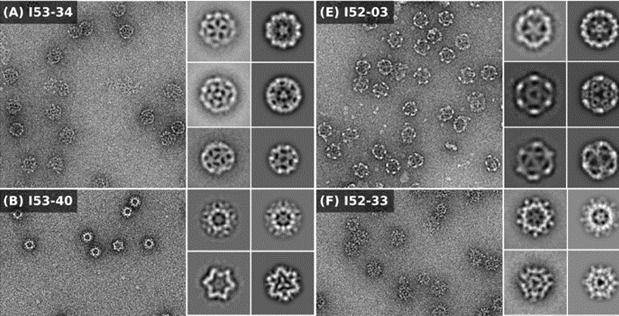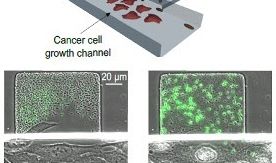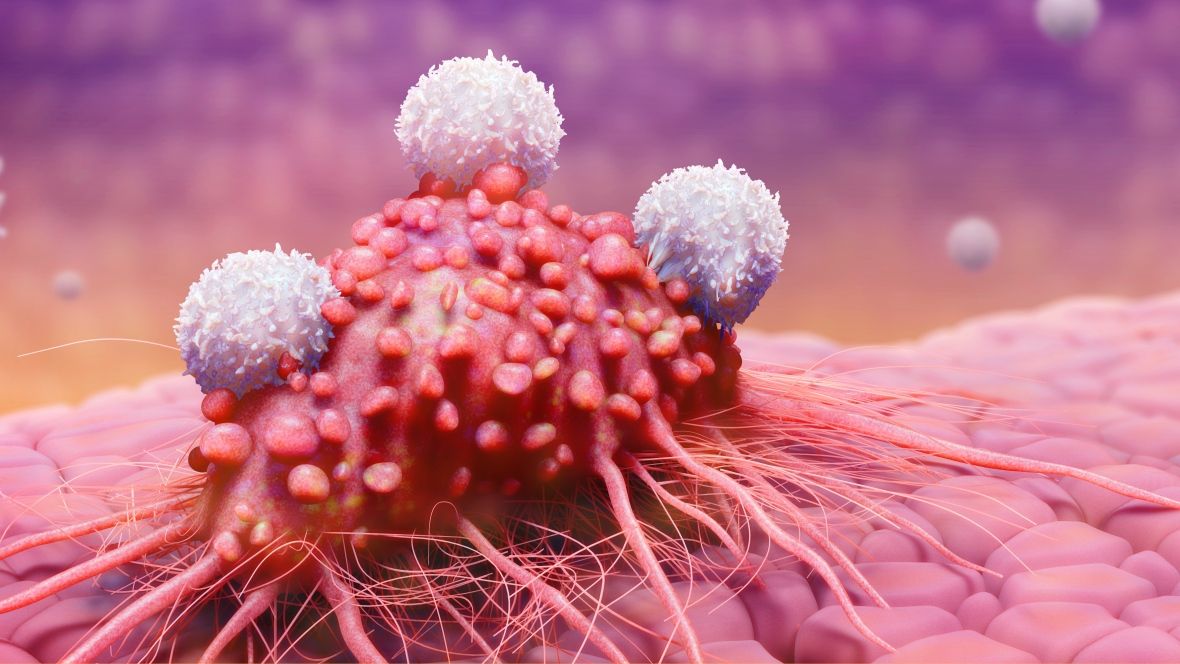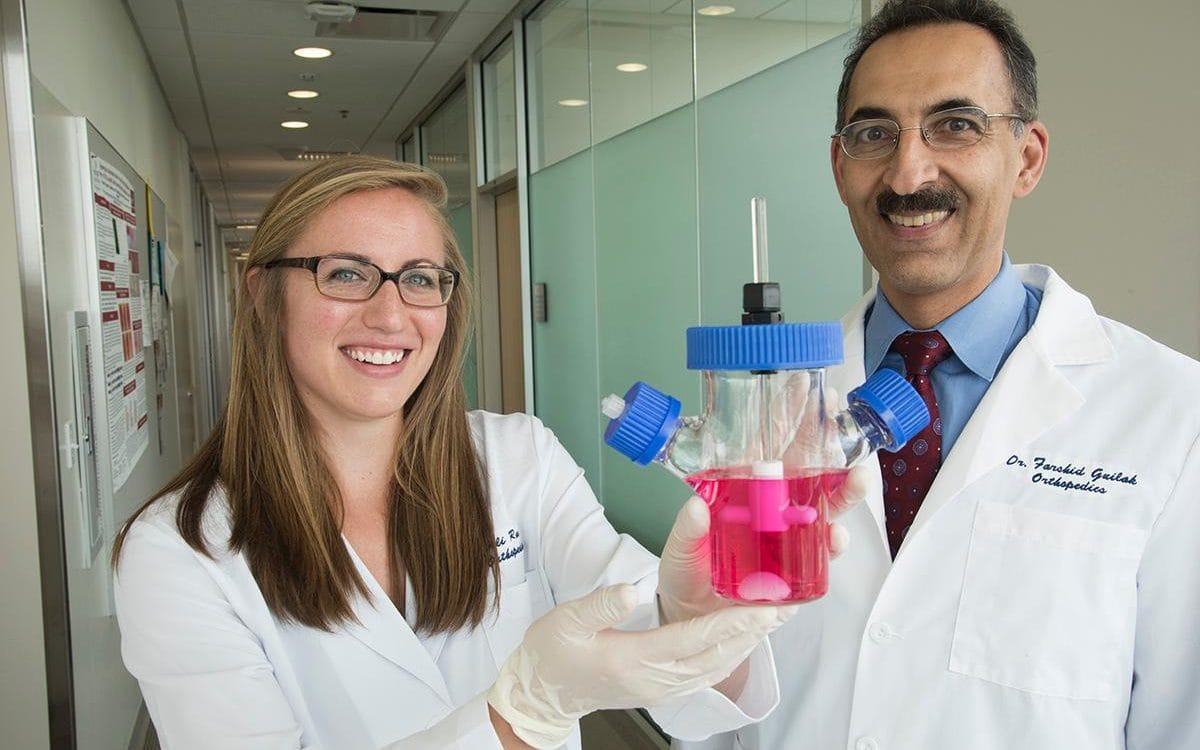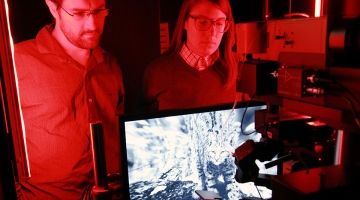Jul 26, 2016
Genetic factors are responsible for creating anatomical patterns in the brain cortex
Posted by Karen Hurst in categories: evolution, genetics, neuroscience
Studies are showing that anatomical patterning found in the brain’s cortex may be controlled by genetic factors.
The highly consistent anatomical patterning found in the brain’s cortex is controlled by genetic factors, reports a new study by an international research consortium led by Chi-Hua Chen of the University of California, San Diego, and Nicholas Schork of the J. Craig Venter Institute, published on July 26 in PLOS Genetics.
The human brain’s wrinkled cerebral cortex, which is responsible for consciousness, memory, language and thought, has a highly similar organizational pattern in all individuals. The similarity suggests that genetic factors may create this pattern, but currently the extent of the role of these factors is unknown. To determine whether a consistent and biologically meaningful pattern in the cortex could be identified, the scientists assessed brain images and genetic information from 2,364 unrelated individuals, brain images from 466 twin pairs, and transcriptome data from six postmortem brains.
They identified very consistent patterns, with close genetic relationships between different regions within the same brain lobe. The frontal lobe, which has the most complexity and has experienced the greatest expansion throughout the brain’s evolution, is the most genetically distinct from the other lobes. Their results also suggest potential functional relationships among different cortical brain regions.

